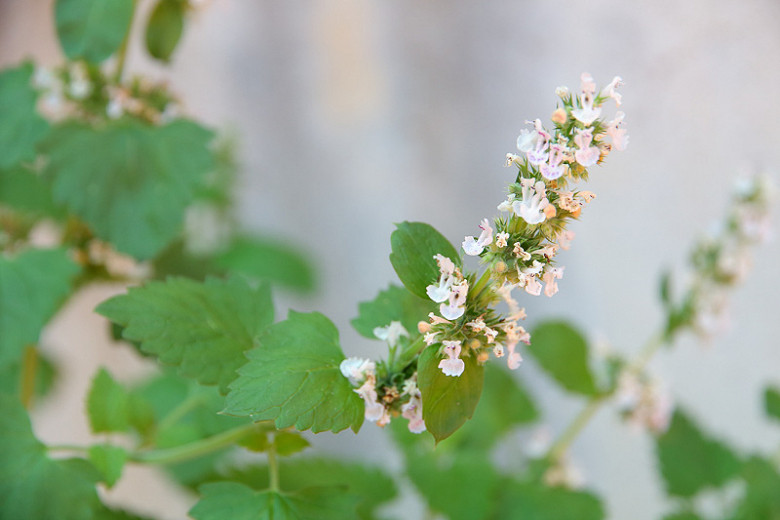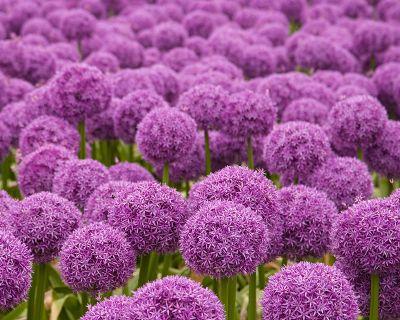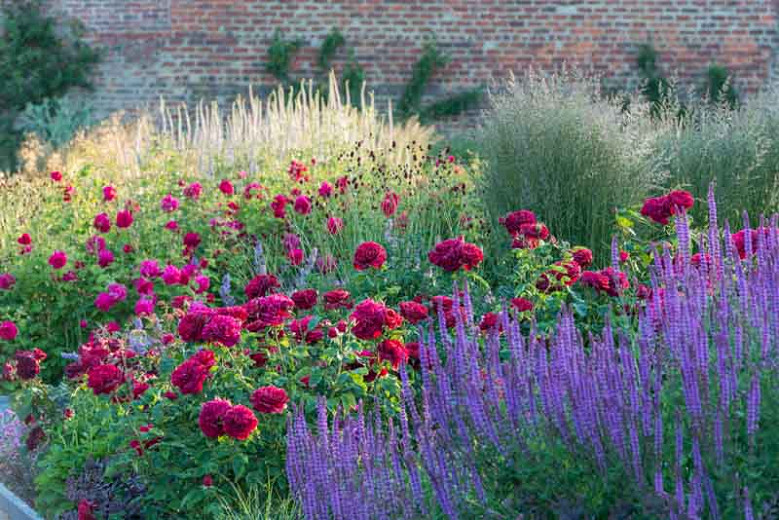Caradonna Sage Companion Plants That Will Make Your Garden Pop
Caradonna Sage Companion Plants That Will Make Your Garden Pop
Caradonna sage (Salvia nemorosa 'Caradonna') is a beautiful perennial plant with deep purple flowers and gray-green leaves. It is a popular choice for gardens because it is easy to grow and care for, and it attracts pollinators. However, Caradonna sage can look a little plain on its own. By planting it with companion plants, you can create a more visually interesting and inviting garden.
In this blog post, we will discuss some of the best companion plants for Caradonna sage. We will also provide tips on how to plant and care for these plants together.
Best Companion Plants for Caradonna Sage
When choosing companion plants for Caradonna sage, there are a few things to keep in mind. First, you want to choose plants that have similar growing conditions. Caradonna sage prefers full sun and well-drained soil. Second, you want to choose plants that will complement the color and texture of Caradonna sage. Third, you want to choose plants that will attract pollinators.
Here are some of the best companion plants for Caradonna sage:
- Yarrow (Achillea millefolium): Yarrow is a hardy perennial with bright yellow flowers. It blooms in early summer, which is when Caradonna sage is starting to fade. The two plants will complement each other nicely in the garden.

- Coreopsis (Coreopsis grandiflora): Coreopsis is another hardy perennial with bright yellow flowers. It blooms in late spring and early summer, so it will overlap with the flowering time of Caradonna sage. Coreopsis also has a similar height and texture to Caradonna sage, so it will blend in well with the surrounding plants.
- Lavender (Lavandula angustifolia): Lavender is a classic companion plant for many different types of flowers. It has a beautiful purple color that will complement the deep purple flowers of Caradonna sage. Lavender also has a strong scent that will attract pollinators.
- Catmint (Nepeta cataria): Catmint is a low-growing perennial with blue flowers. It blooms in late spring and early summer, which is when Caradonna sage is starting to fade. Catmint has a similar texture to Caradonna sage, so it will blend in well with the surrounding plants. It also has a strong scent that will attract pollinators.

- Alliums (Allium spp.): Alliums are a group of bulbous plants with colorful flowers. They bloom in early summer, which is when Caradonna sage is in full bloom. Alliums come in a variety of colors, so you can choose ones that will complement the color of your Caradonna sage plants.

Planting and Care
When planting Caradonna sage with companion plants, it is important to choose plants that have similar water and soil requirements. You should also plant them in a location that receives full sun.
Once your plants are in the ground, you will need to water them regularly, especially during the first year. You should also fertilize them once a year in the spring.
With proper care, your Caradonna sage and companion plants will thrive and provide you with years of beauty.
Conclusion
Caradonna sage is a beautiful plant that can add color and interest to any garden. By planting it with companion plants, you can create a more visually appealing and inviting space. The plants listed above are just a few of the many that can be grown with Caradonna sage. With a little planning, you can create a stunning garden that will attract pollinators and bring joy to you and your family for years to come.
Caradonna sage (Salvia nemorosa 'Caradonna') is a beautiful perennial plant that is known for its deep purple flowers and striking foliage. It is a versatile plant that can be used in a variety of garden settings, including borders, cottage gardens, and containers.
When choosing companion plants for caradonna sage, it is important to consider the plant's light and soil requirements. Caradonna sage prefers full sun and well-drained soil. It is also tolerant of drought and heat.
Some good companion plants for caradonna sage include:
- Yarrow (Achillea millefolium): Yarrow is a hardy perennial that blooms in shades of yellow, white, and pink. It is a good choice for companion planting because it attracts pollinators and helps to deter pests.
- Daylilies (Hemerocallis spp.): Daylilies are a popular choice for perennial borders. They come in a wide variety of colors and bloom for a long period of time. Daylilies are also tolerant of drought and heat, making them a good companion for caradonna sage.
- Roses: Roses and caradonna sage can be planted together to create a beautiful and harmonious display. Roses add a touch of elegance to the garden, while caradonna sage provides a striking contrast with its deep purple flowers.
For more information about caradonna sage companion plants, please visit Gardenia Inspiration. This website has a comprehensive list of companion plants for caradonna sage, as well as information on how to plant and care for this beautiful plant.
FAQ of caradonna sage companion plants
null
Image of caradonna sage companion plants
5 different images of "caradonna sage companion plants" from Pinterest:
- Caradonna sage and yellow yarrow: The deep purple flowers of caradonna sage contrast beautifully with the bright yellow flowers of yarrow. This combination is a favorite of many gardeners and is sure to add a pop of color to your garden.

- Caradonna sage and daylilies: The long-lasting blooms of caradonna sage and daylilies make a stunning combination. The sage's dark purple flowers provide a backdrop for the daylilies' vibrant colors. This combination is perfect for borders or beds.

- Caradonna sage and lavender: The two herbs complement each other nicely in terms of color and texture. The sage's dark purple flowers and lavender's silvery foliage create a striking contrast. This combination is also fragrant and attracts bees and butterflies.

- Caradonna sage and catmint: Both caradonna sage and catmint are drought-tolerant and deer-resistant perennials. They also attract butterflies and other pollinators. The sage's dark purple flowers and catmint's blue flowers make a lovely combination.

- Caradonna sage and roses: Caradonna sage can be used as a companion plant for roses. The sage's dark purple flowers help to highlight the roses' blooms. The sage also helps to deter pests and diseases from the roses.


Post a Comment for " Caradonna Sage Companion Plants That Will Make Your Garden Pop"